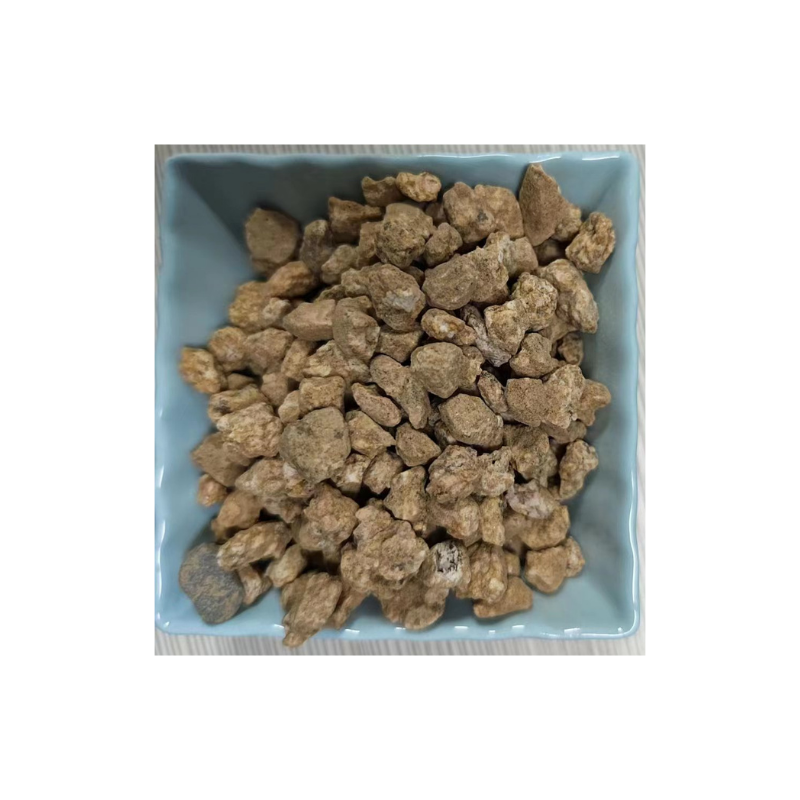
fly ash construction
Utilization of Fly Ash in Construction A Sustainable Approach
In recent years, the construction industry has been under growing scrutiny for its environmental impact. One innovative solution gaining traction is the use of fly ash, a byproduct of coal combustion, in construction materials. This industrial waste can be effectively utilized in various applications, significantly enhancing the sustainability of construction practices while improving material performance and reducing carbon footprints.
Fly ash is produced when coal is burned in electric power plants. The fine particles that result are captured by pollution control devices before they can enter the atmosphere. As a valuable industrial byproduct, fly ash can be used in concrete production, soil stabilization, and even road construction, contributing to a circular economy and reducing the need for virgin materials.
Utilization of Fly Ash in Construction A Sustainable Approach
The environmental benefits of using fly ash are significant. By replacing a portion of the Portland cement with fly ash, we can reduce the carbon dioxide emissions associated with cement production. The cement industry is one of the largest sources of CO2 emissions globally, contributing approximately 7% of total emissions. Utilizing fly ash not only diverts waste from landfills but also lowers the overall carbon footprint of concrete, aligning with global sustainability goals and the push for greener construction methods.
fly ash construction

Beyond concrete, fly ash is also advantageous in soil stabilization processes. When mixed with soil, fly ash can improve its strength and load-bearing capacity. This is particularly beneficial for the construction of roads and highways, where a strong foundation is crucial for longevity and performance. The use of fly ash in road construction can also reduce the need for aggregate materials, which are often sourced through environmentally detrimental mining activities.
In addition to its structural benefits, the use of fly ash in construction can yield economic advantages. By reducing the need for traditional materials and lowering disposal costs for coal combustion residues, contractors can achieve cost savings. In regions where coal power plants are prevalent, local availability of fly ash can also reduce transportation costs, making it an economical choice for construction projects.
Despite its many advantages, the use of fly ash is not without challenges. Concerns about the variability in quality and chemical composition can affect its acceptance in certain applications. Additionally, there are ongoing debates about the environmental safety of using fly ash, particularly regarding heavy metals that may leach into the environment. As a result, it is vital to implement stringent quality control measures and conduct thorough testing to ensure that fly ash used in construction meets regulatory standards and does not pose risks to health or the environment.
In conclusion, the utilization of fly ash in construction presents a promising opportunity to enhance sustainability, improve material properties, and reduce environmental impact. As we move towards more eco-friendly construction practices, integrating fly ash into various applications will play a crucial role in achieving a more sustainable built environment. With continued research, innovation, and regulation, fly ash can be an integral part of the future of construction, demonstrating that waste can indeed be transformed into a valuable resource.
Share
-
Premium Talcum Powder Enhanced with GPT-4 Turbo | Soft & Long-LastingNewsAug.02,2025
-
Fly Ash Solutions Enhanced by GPT-4 Turbo | Sustainable InnovationNewsAug.01,2025
-
Natural Premium Bentonite Cat Litter - Superior ClumpingNewsJul.31,2025
-
Premium Resin Coated Sand - High Heat Resistance CastingNewsJul.31,2025
-
High Quality Silicon Carbide Grit for Abrasive ApplicationsNewsJul.30,2025
-
High-Quality Ceramsite for Plants & Gardening | Lightweight PebblesNewsJul.29,2025






